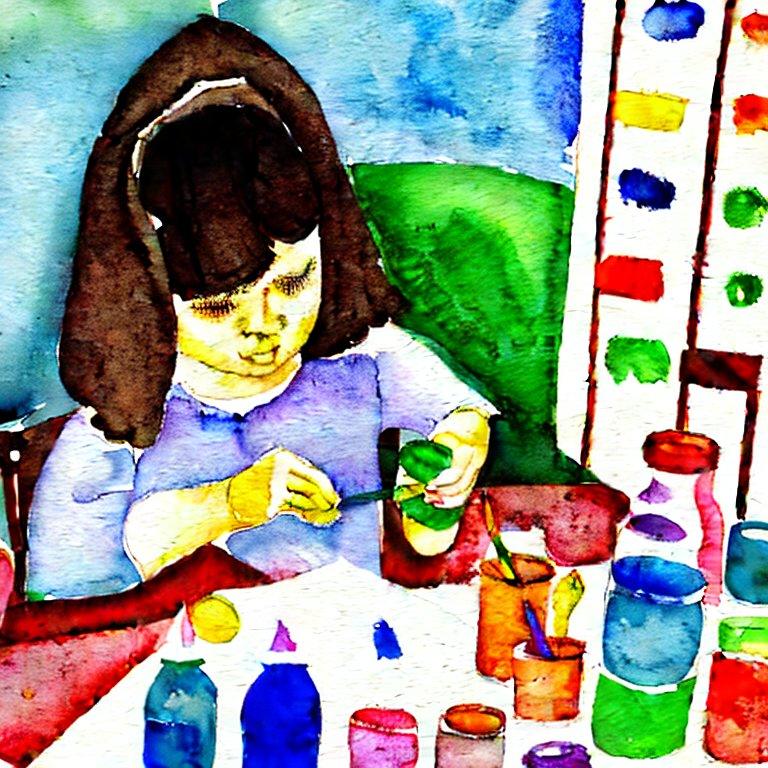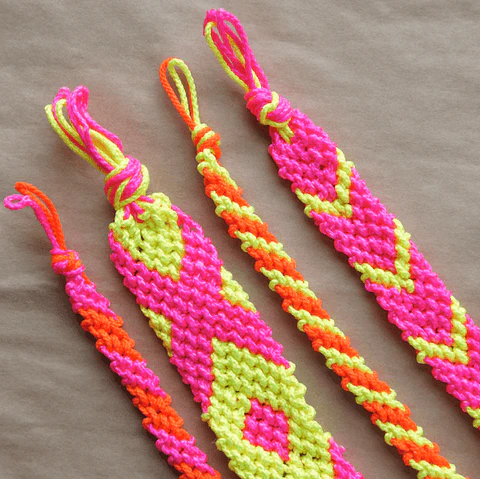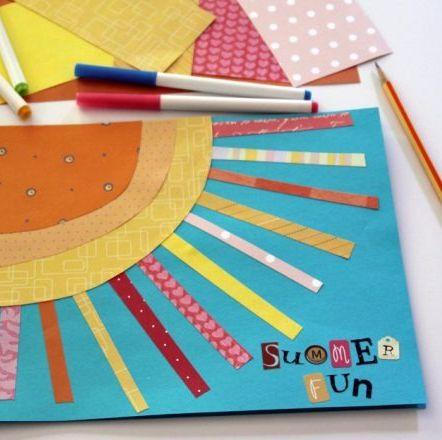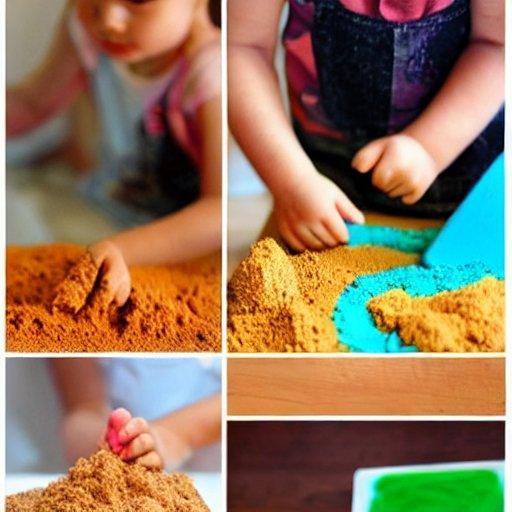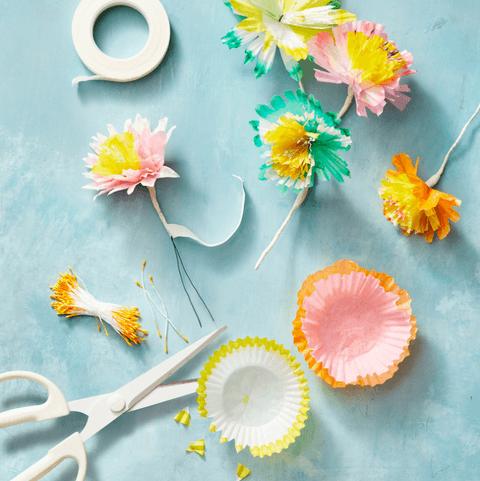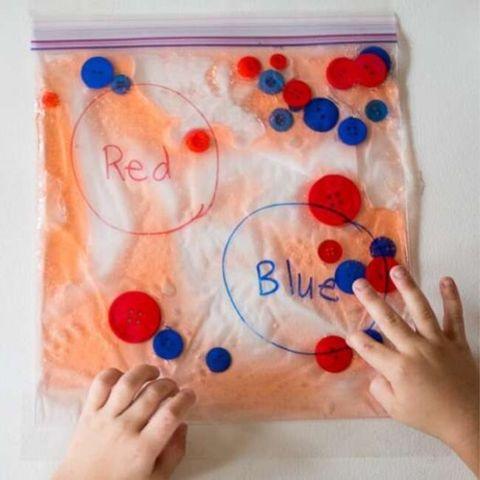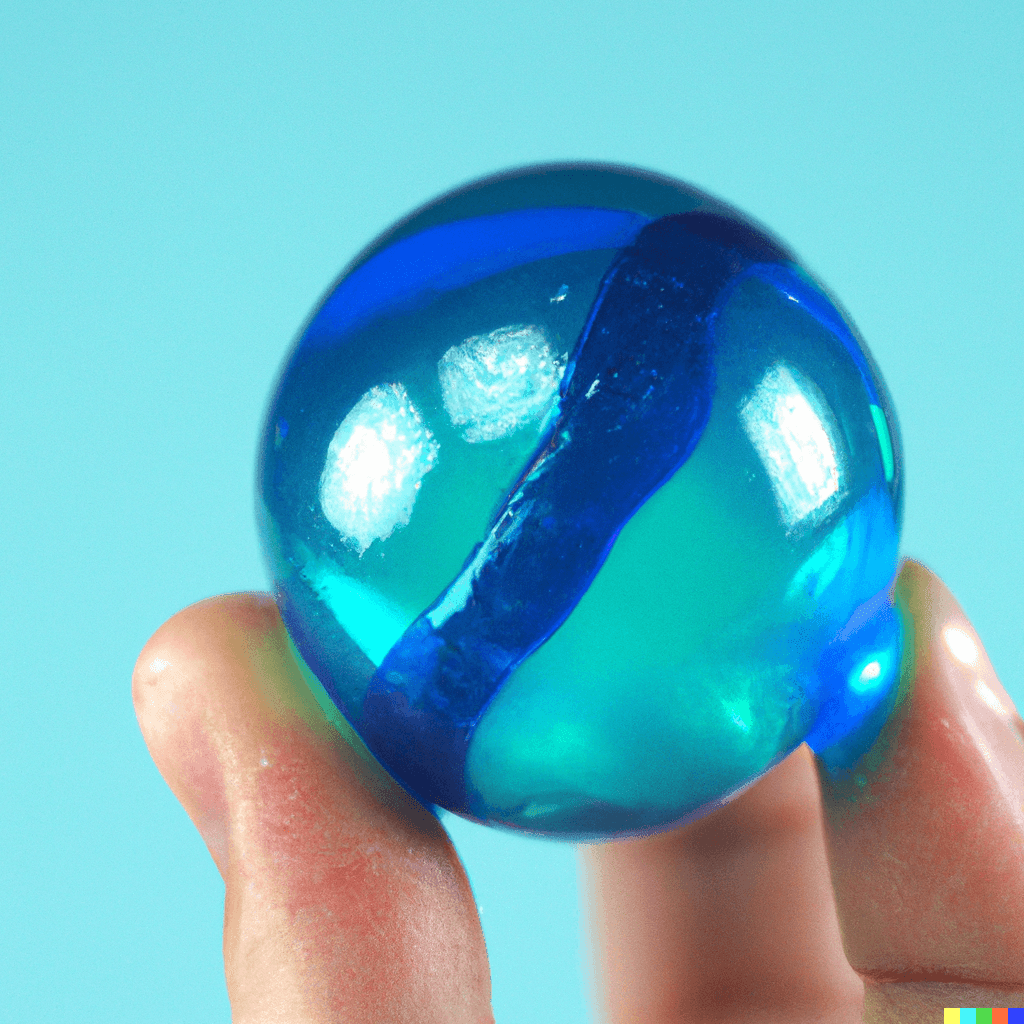9 Toddler Art Activities to Encourage Creativity and Imagination
Toddlers are curious little explorers who love to engage in hands-on activities. Art is a great way to encourage their creativity and imagination while allowing them to express themselves. In this article, we will explore 9 fun and easy toddler art activities that you can do at home.
1. Finger Painting
Finger painting is a classic art activity that toddlers love. All you need is some washable paint, paper, and a surface to paint on. Encourage your child to use their fingers to make different shapes and designs on the paper. You can also add different materials like glitter or stickers to make it more fun.
2. Playdough Creations
Playdough is a great sensory activity that helps develop fine motor skills. Encourage your child to create different shapes and objects with the playdough. You can also add different materials like beads or pipe cleaners to make it more fun.
3. Collage Making
Collage making is a great way to encourage creativity and imagination. Provide your child with different materials like magazines, construction paper, and glue to create a collage. Encourage them to make their own designs and patterns.
4. Sponge Painting
Sponge painting is a fun and easy way to create unique designs. Cut different shapes out of sponges and provide your child with different colors of paint. Encourage them to stamp the sponge onto the paper to create different designs.
5. Sticker Art
Sticker art is a great way to encourage creativity and imagination. Provide your child with different types of stickers and paper. Encourage them to create their own designs by sticking the stickers onto the paper.
6. Nature Art
Nature art is a great way to connect with nature while encouraging creativity. Take your child on a nature walk and collect different materials like leaves, flowers, and twigs. Encourage them to create their own designs with the materials.
7. Handprint Art
Handprint art is a great way to create a keepsake while encouraging creativity. Provide your child with different colors of paint and paper. Encourage them to make handprints on the paper and decorate them with different materials.
8. Watercolor Painting
Watercolor painting is a fun and easy way to create unique designs. Provide your child with different colors of watercolor paint and paper. Encourage them to experiment with mixing the colors to create different designs.
9. Chalk Art
Chalk art is a fun way to create unique designs while getting some fresh air. Provide your child with different colors of chalk and a sidewalk or driveway to draw on. Encourage them to create their own designs and patterns.
In conclusion, these toddler art activities are a great way to encourage creativity and imagination in your little ones. They are also a fun way to spend quality time together while allowing your child to express themselves. Remember to provide your child with different materials and encourage them to make their own designs and patterns.
FAQs

